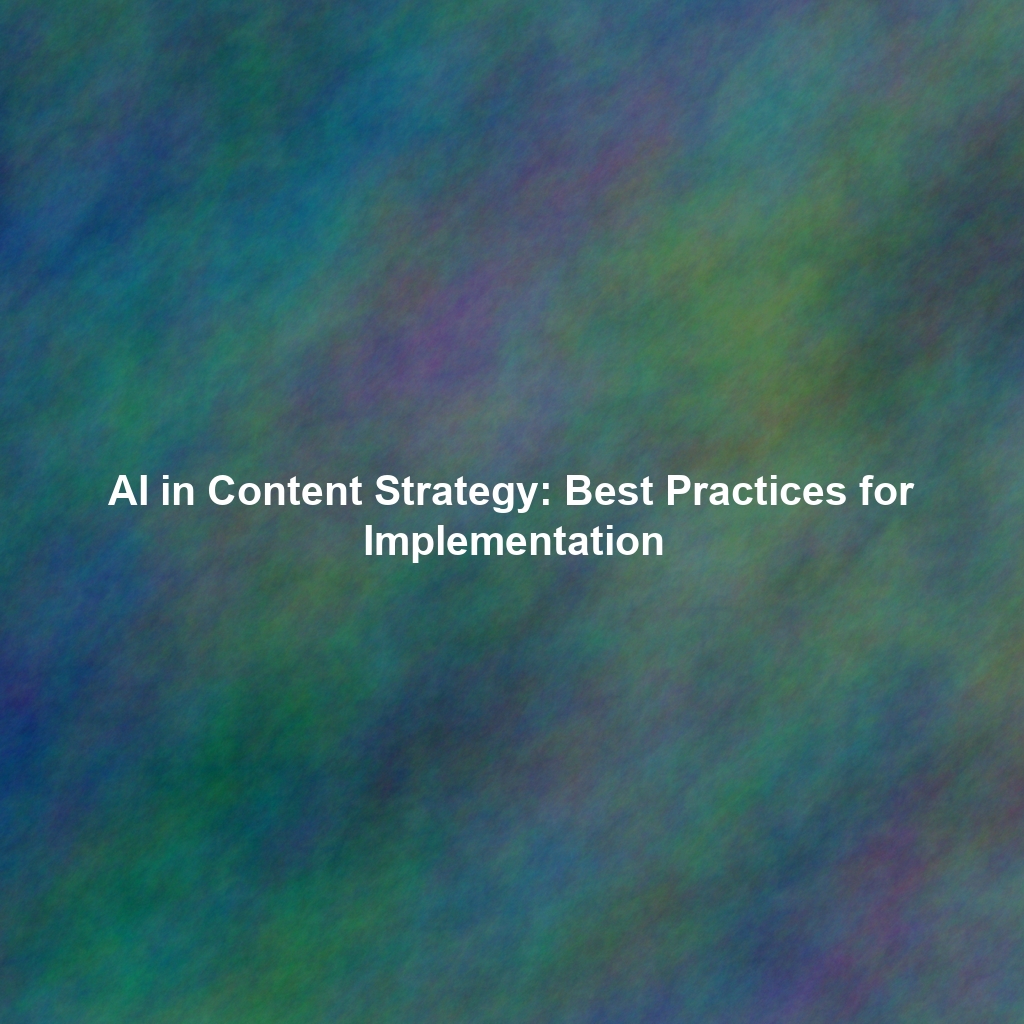In the wild world of marketing, where standing out from the noise is paramount, sometimes the most unexpected strategies yield the greatest rewards. We’re constantly bombarded with perfectly polished ads, meticulously crafted social media posts, and flawlessly executed campaigns. But what if I told you that sometimes, intentionally introducing a little… wrongness… can be the key to unlocking viral marketing gold? Enter the fascinating world of deliberate mistakes in marketing – a high-risk, high-reward strategy that, when executed correctly, can generate buzz, boost engagement, and ultimately, hack your growth.
Why Purposefully Botch It? The Psychology of Mistakes
Before diving into examples, let’s understand the “why” behind this seemingly counterintuitive approach. Why would a brand deliberately introduce errors into their carefully constructed marketing materials? The answer lies in human psychology:
- Attention Grabber: We’re wired to notice anomalies. In a sea of sameness, a mistake immediately jumps out, demanding our attention.
- Conversation Starter: Errors spark conversation. People love to point them out, share them with friends, and debate whether they were intentional or not.
- Humanization: Perfection is often perceived as cold and unapproachable. A mistake, even a deliberate one, can make a brand feel more human, relatable, and authentic.
- Memorable: Think about it – you’re more likely to remember a campaign with a glaring error than one that blends seamlessly into the background.
Examples of Brands Embracing the “OOPS”
Several brands have successfully leveraged deliberate mistakes to their advantage. Let’s examine some compelling examples:
Burger King’s “Bad Grammar” Whopper
In 2020, Burger King UK tweeted an ad for the Whopper with intentionally poor grammar. The tweet read, “We know it sounds bad but the Whopper is so good we’d never jinx it. With the greatest of respect to the year 2020, people are saying it’s going to be better.” The deliberate grammatical errors (“the greatest of respect to the year”) immediately caught attention and sparked a lively debate about the intentions behind the tweet.
Why it worked: The bad grammar was so blatant that it was clearly intentional, generating intrigue and prompting users to engage with the tweet. It was humorous, self-aware, and perfectly aligned with Burger King’s playful brand personality. It got people talking, and more importantly, remembering the Whopper.
Guerrilla Marketing Graffiti with Intentional Typos
Some brands have taken to the streets, using graffiti art (often stenciled) with intentional typos as a form of guerilla marketing. Imagine a stencil that reads “Eat Mor Chikin” sprayed onto a sidewalk (yes, that’s a play on Chick-fil-A’s already existing strategy). The misspelling grabs attention and prompts passersby to take notice, take pictures, and share them online. This relies on the curiosity of the audience and the potential for virality.
Why it worked: The unconventional medium combined with the blatant misspelling creates a memorable and shareable experience. It leverages the shock value of vandalism (albeit often temporary and permitted) to cut through the clutter.
Digital Marketing Easter Eggs: Hidden Errors
Some brands employ a more subtle approach, hiding “Easter egg” mistakes within their digital marketing campaigns. These errors are often small, easily overlooked, and designed to be discovered by eagle-eyed viewers. It could be a slightly off-center image, a single misspelled word in a lengthy blog post, or a minor inconsistency in a website’s code.
Why it works: This strategy relies on creating a sense of exclusivity and reward for those who find the error. It fosters a deeper connection with the brand, turning viewers into active participants in the marketing process. It also creates a buzz among online communities, as people share their discoveries and speculate about the meaning behind them.
The Risks and Rewards: Tread Carefully!
While the potential rewards of using deliberate mistakes in marketing are significant, it’s crucial to acknowledge the risks involved. This strategy is not for every brand, and it requires careful planning and execution.
Potential Downsides:
- Backfiring: If the mistake is too offensive, insensitive, or simply poorly executed, it can severely damage the brand’s reputation.
- Misinterpretation: The audience may not realize the mistake is intentional, leading to confusion and frustration.
- Diluting the Message: The focus on the error might overshadow the actual marketing message.
Best Practices:
- Know Your Audience: Ensure the mistake aligns with your brand’s personality and appeals to your target audience.
- Be Subtle (Sometimes): The level of obviousness should be carefully considered based on your brand identity. Obvious for Burger King; subtle for a luxury brand.
- Have a Contingency Plan: Be prepared to address any negative backlash and quickly correct the situation if necessary.
- Ensure it’s Actually Funny/Interesting: Don’t just be wrong, be interestingly wrong.
Conclusion: Embrace Imperfection, Strategically
Deliberate mistakes in marketing are a powerful tool that, when wielded with caution and creativity, can generate buzz, boost engagement, and ultimately, hack your growth. It’s about embracing imperfection, challenging conventions, and creating marketing campaigns that are not only memorable but also conversation-worthy. However, it’s crucial to understand the risks involved and to carefully consider whether this strategy is right for your brand. If executed correctly, the “accidental” OOPS can become your brand’s most intentional success.
 Skip to content
Skip to content
